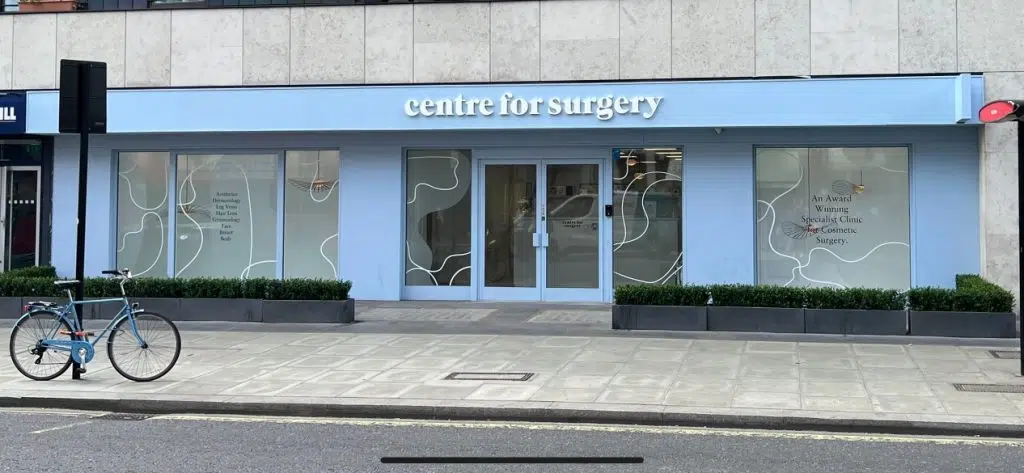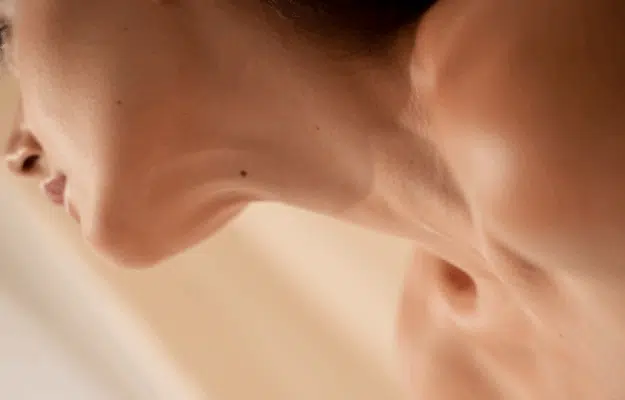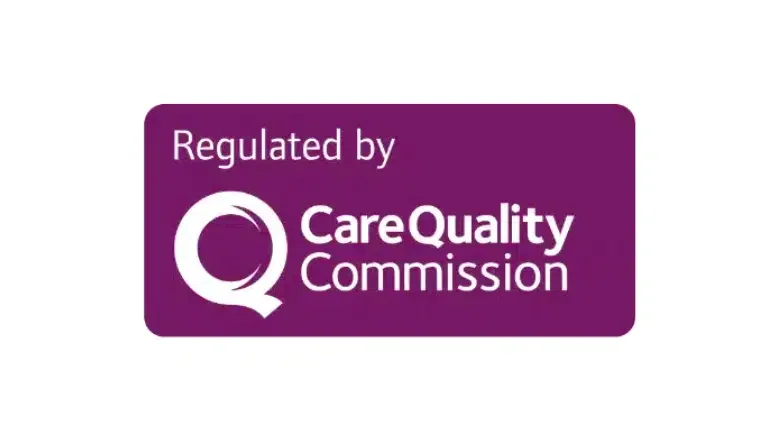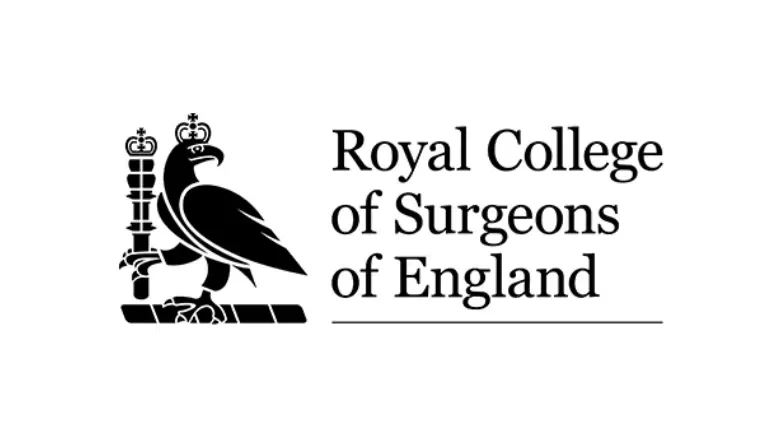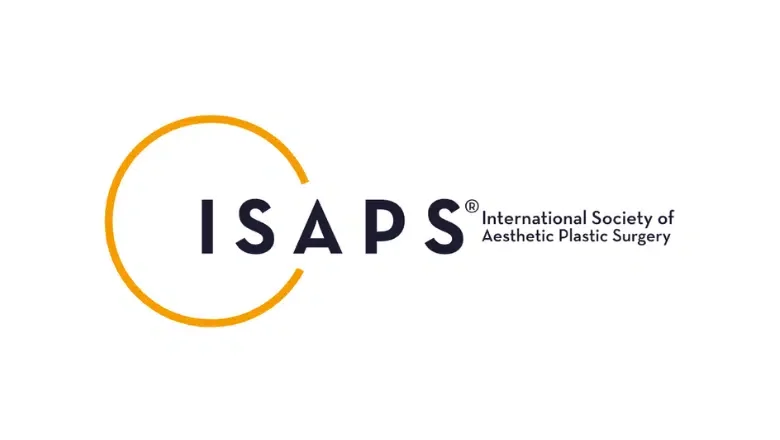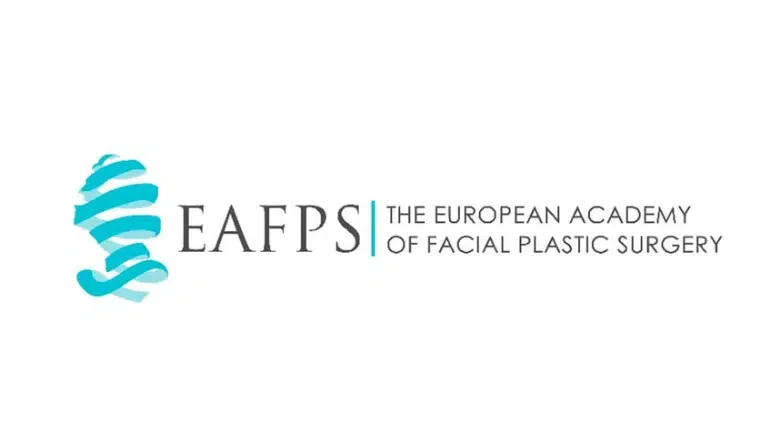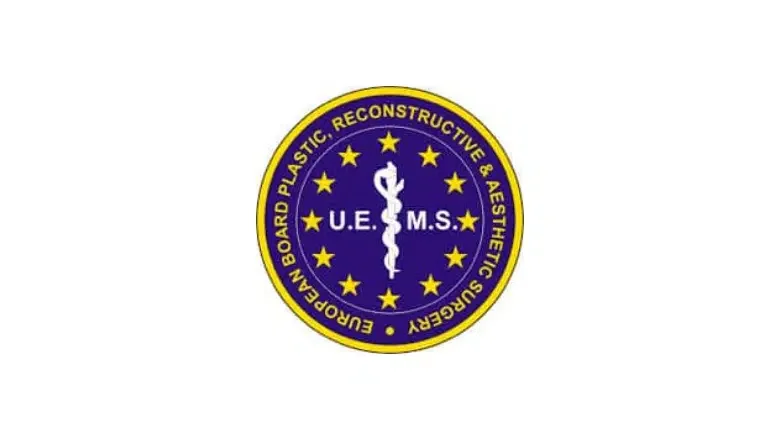Can I Get a Second Facelift?
It is possible to get a facelift twice, but it is not always recommended. A facelift, also known as rhytidectomy, is a surgical procedure that is designed to improve the appearance of the face by addressing issues such as sagging skin, wrinkles, and jowls. It can also restore a more youthful appearance. A secondary or revision facelift is a procedure that can be performed after a previous facelift to correct any issues or address any concerns that the patient may have with the initial results.
RELATED: Facelift Surgery FAQs – Q&As about Rhytidectomy
Another important factor to consider is that with each facelift, the risk of complications increases, and recovery time may also be longer. It’s important to have realistic expectations and to understand that a secondary facelift is a more complex procedure than a primary facelift and may have more risks and recovery time.
What is a secondary facelift?
How is a revision facelift performed?
One common technique used in a revision facelift is the deep-plane facelift. This technique involves the surgeon making an incision in the hairline, typically similar to the incision made in a primary facelift, and then carefully lifting and repositioning the deep layers of the face. This allows the surgeon to address sagging skin, jowls, and other issues that may have developed since the initial facelift.
Another technique is the subperiosteal facelift, which is used to address issues in the mid-face. This technique involves making an incision in the upper gums and then lifting the skin and underlying structures of the mid-face to reposition them higher on the face. This can help to address issues such as sunken cheeks or a sagging brow.
In some cases, additional procedures such as a neck lift, eyelid surgery, or a brow lift may be performed in conjunction with a revision facelift in order to achieve the desired results.
RELATED: Facelift Recovery – top tips
How will I know if I need a revision facelift?
Unsatisfied with the results of the previous facelift
Some patients may find that their initial facelift did not meet their expectations, and they may be unhappy with the results. In such cases, a revision facelift can help to address any issues and achieve the desired outcome.
Changes in the face due to ageing
The effects of ageing, such as skin laxity and loss of volume, can occur after a facelift. A revision facelift can help to address these changes and restore a more youthful appearance.
Asymmetry
Asymmetry can occur after a facelift, and a revision facelift can help to correct this issue.
Scarring
Scarring can occur after a facelift, and in some cases, the scarring may be more visible or noticeable than desired. A revision facelift can help to address this issue.
Sagging skin or jowls
Sagging skin or jowls may develop after a facelift, and a revision facelift can help to address these issues.
How difficult is it to perform a revision facelift?
Scar tissue
Scar tissue from the previous facelift can make it more challenging for the surgeon to work with the underlying structures of the face. This can also make it more difficult to achieve a natural-looking result.
Changes in the face
The face can change over time due to ageing, weight fluctuations, or other factors. These changes can make it more difficult for the surgeon to achieve the desired outcome.
Complexity
A revision facelift may involve a combination of different surgical techniques, which can increase the procedure’s complexity.
Risk of complications
The risk of complications is generally higher with a revision facelift than with a primary facelift. This may include bleeding, infection, nerve damage, and other issues.
Is a secondary facelift safe?
A secondary facelift carries certain risks and potential complications like any surgical procedure. However, with a skilled and experienced surgeon, the risks of a secondary facelift can be minimised.
Anaesthesia risks
General anaesthesia is used for a facelift, and as with any surgery, there are risks associated with anaesthesia. Your anaesthetist should discuss these risks with you before the procedure.
Bleeding and infection
These are potential surgery complications, including a facelift. Your surgeon will take precautions to minimise the risk of these complications.
Nerve damage
There is a small risk of temporary or permanent nerve damage, which can result in changes in sensation in the face.
Scarring
Scarring is a potential complication of any surgery. Your surgeon will make every effort to minimise scarring and to place incisions in inconspicuous locations.
Asymmetry
Asymmetry can occur after a facelift, and a revision facelift can correct it.
Unsatisfied with the results
Some patients may not be satisfied with the results of the revision facelift; in some cases, additional revision surgeries may be needed.
Revision facelift surgery at Centre for Surgery
Centre for Surgery is a specialist plastic surgery clinic renowned for its expertise in the full range of facelift procedures, including deep plane, facelifts, mini facelifts and revision facelifts. Although a facelift can reverse the signs of facial ageing, it cannot stop the ageing process, which means a second facelift may be required several years later to maintain the results of the initial procedure. Please book a consultation today by calling us on 0207 993 4849.
RELATED: Is a facelift worth it?

